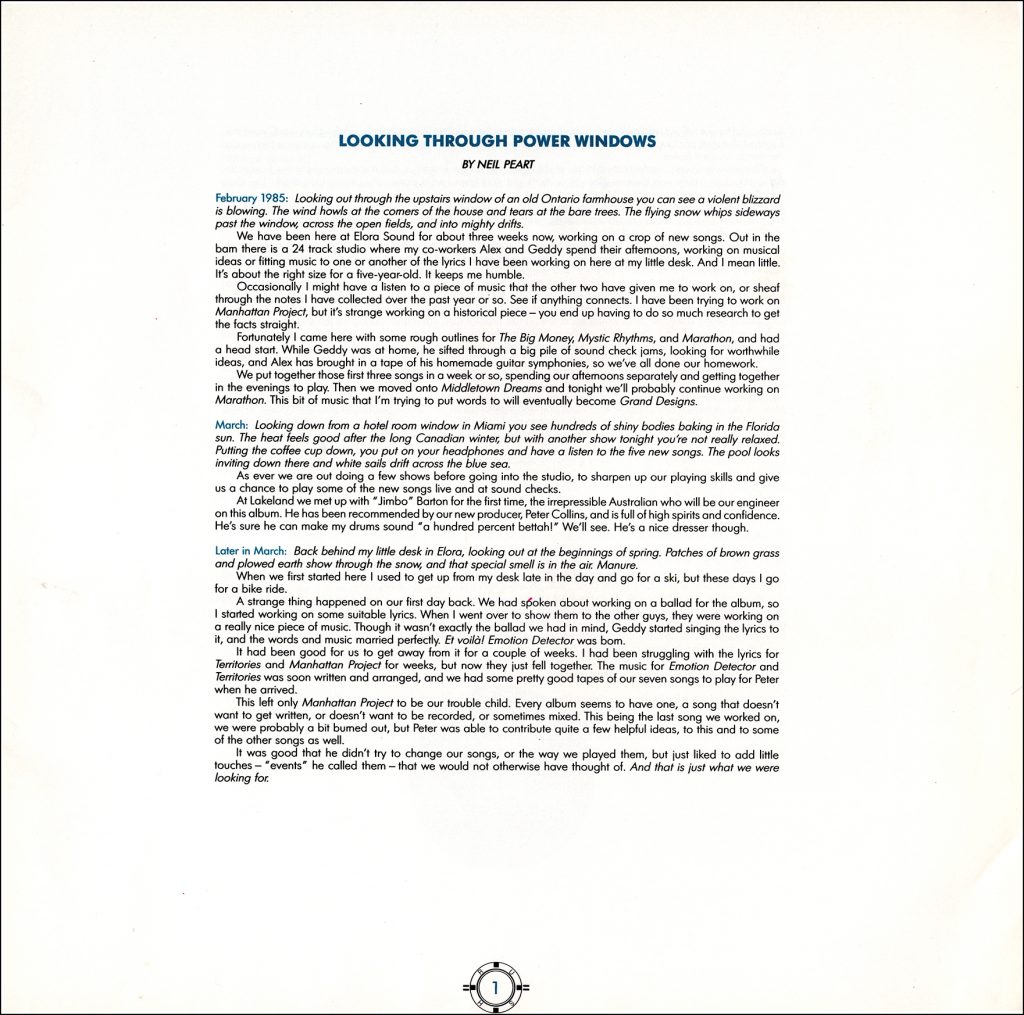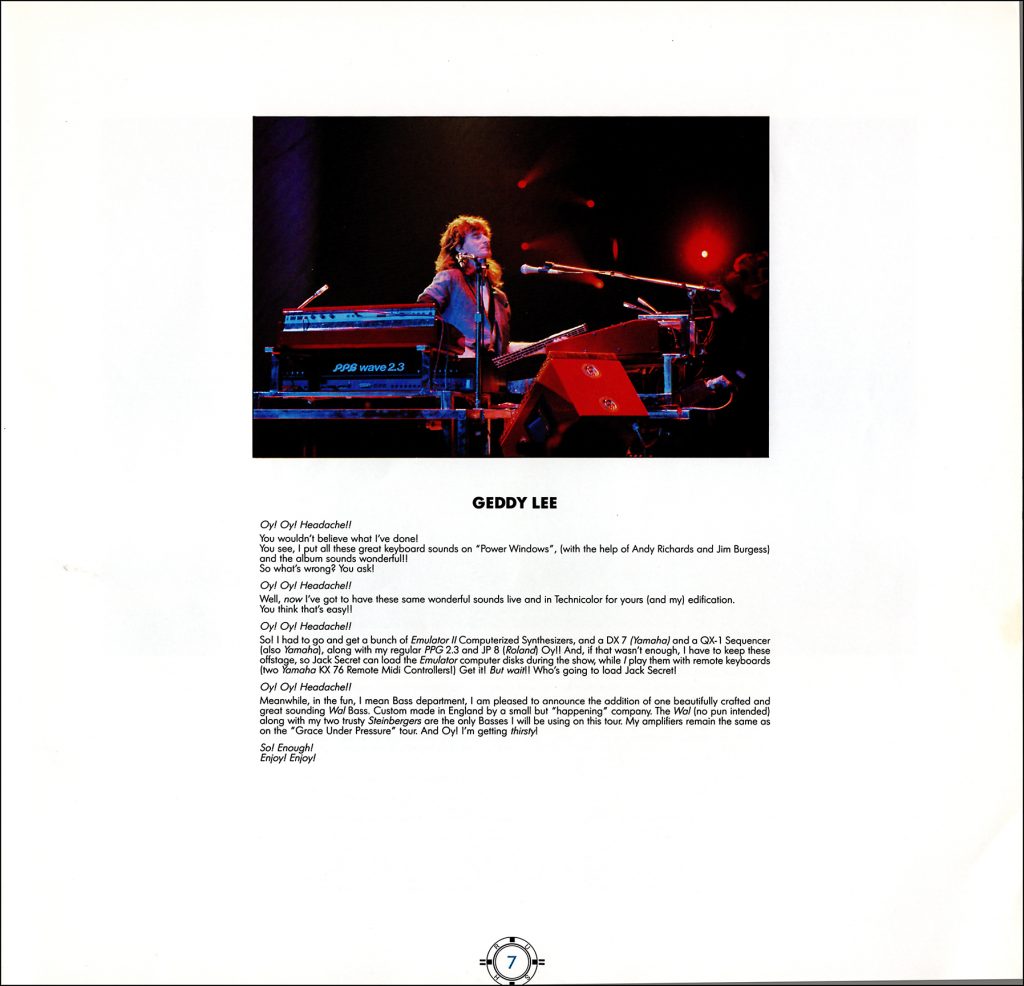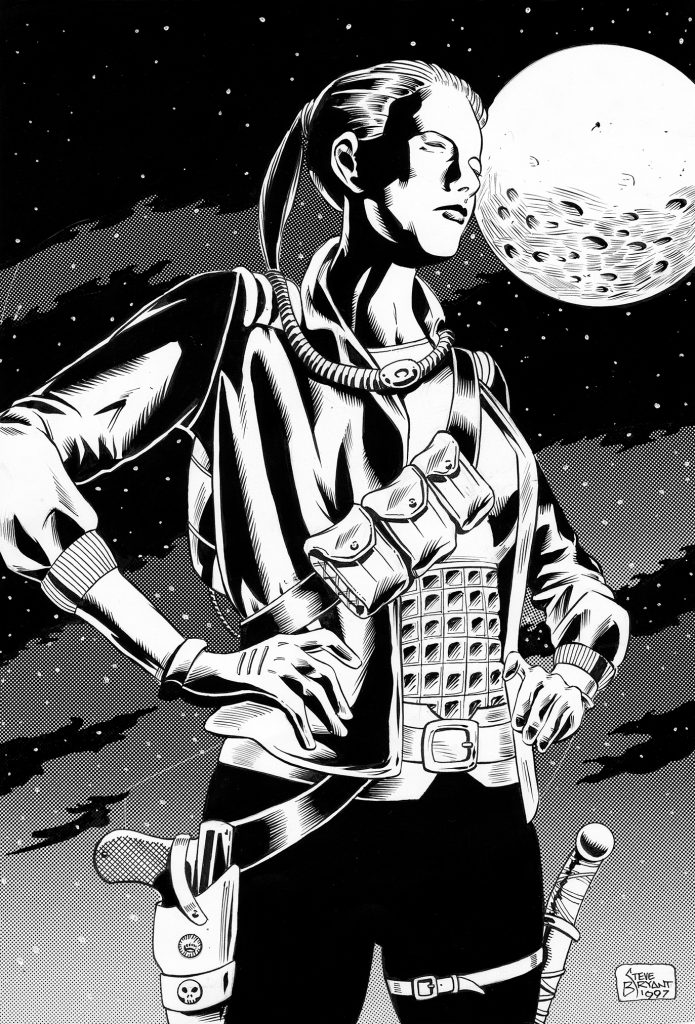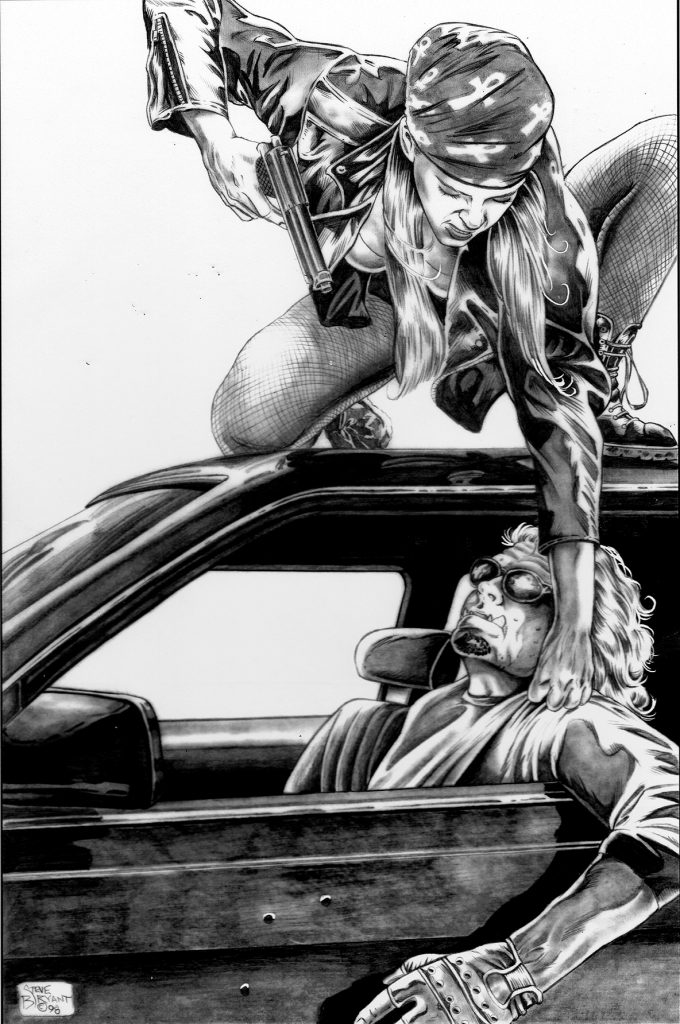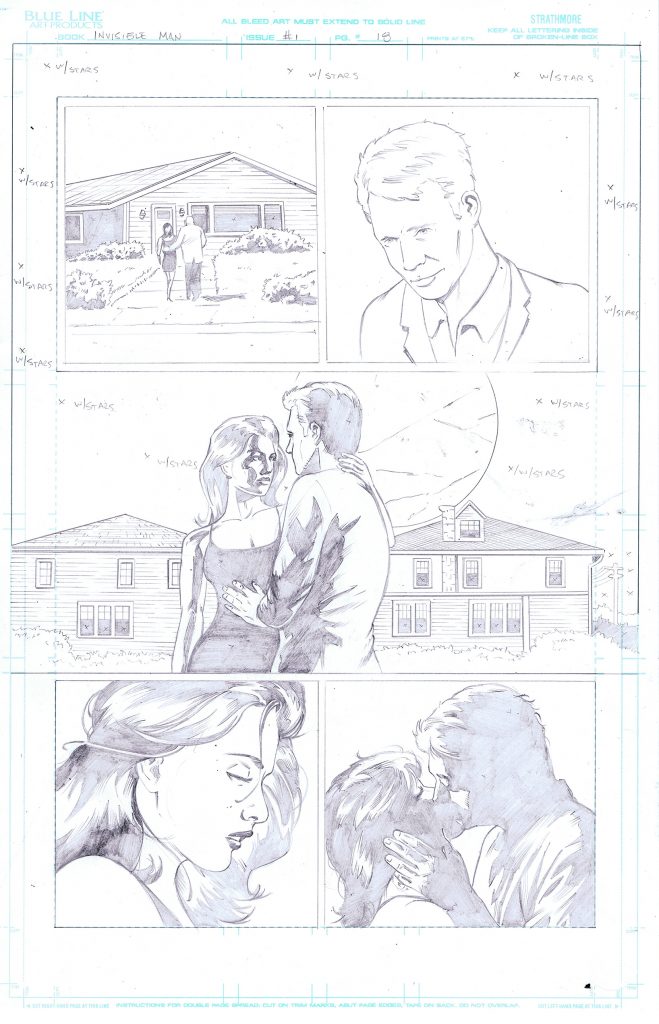
For years, I never understood the idea that people could draw what they see in their mind. I thought it was a figure of speech, and possibly, was tied to having developed a great observational eye that allowed them to remember vast amounts of information about things they saw.
I spent decades trying to accumulate a mental library of visual elements based on observation. No luck. I’ve never been able to recall visual details of any piece of art by memory—not even favorite pictures by favorite artists. Drawing a loved one’s face by memory? Not a chance.
This inability to develop a skill that I heard others talk about really played into my imposter syndrome, and has dogged me throughout my career.
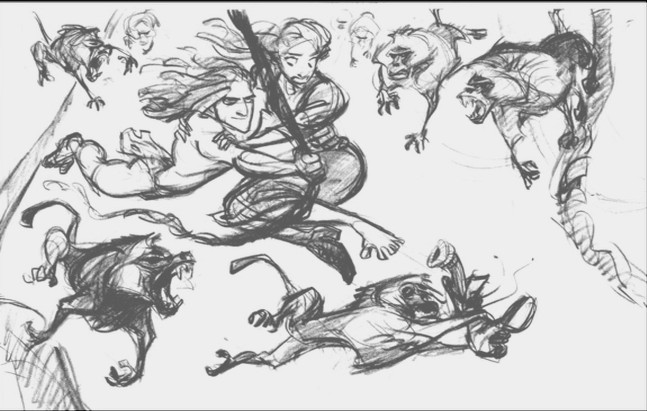
I first heard the term aphantasia in 2019, when I came across an article on Disney animator Glen Keane, who has it. Aphantasia is described as one’s “mind eye being blind.”
Adam Zeman, professor of cognitive and behavioural neurology at the University of Exeter describes it, “People with aphantasia can think about an apple, or a front door or a loved one perfectly well, but they just can’t bring to mind the visual image of that thing or person.”
Mind blown.
Reading that first article was a highly emotional experience for me. For years—decades, even—my inability to retain visual information and recall it when drawing was something I always viewed as a personal failing. To learn that it was something that couldn’t be fixed with hard work and hustle was a relief.
As a child, I loved to draw. It wasn’t an intellectual exercise or about trying to improve my craft. Through repetition, I got better, but it wasn’t a conscious effort. It was just a kid having fun.
The older I got, the more that improvement became my goal. Somewhere in middle school, I learned about blocking in—the process of lightly laying out a composition without detail. When I’d block-in, my drawings would be filled with light scribbles, in an effort to “find” the right lines and shapes. I’d eventually develop a composition out of the chaos, and that composition would lead to a pretty good drawing. That was my process for years.
My first indication that there was something missing came at a comic book convention when I watched artist Steve Rude doing character sketches for fans. I idolized Rude and stood in line, waiting for my turn to have him sign comics and to commission a sketch from him. Watching him, I was mesmerized by his decisiveness and efficiency. There was no wasted motion, no struggling to find a line or define a form. Instead, Rude’s process of blocking in a figure was executed with surgical precision. I was hypnotized.
That became my goal. I wanted that kind of observational eye, that kind of mental library where I could access that knowledge and apply it as precisely.
In the ensuing years, I was crushed over and over by my inability to retain observational details. No matter how I tried, I was never able to break free from having to sketch, scribble, and scrawl my way through a layout. It never got easier, and it felt like I never got any better at it.
And thumbnail layouts are just as bad. I marvel at artists who are able to create 2” x 3” layouts indicating decent anatomy, staging, and environments. For me, it’s always a wall of scribbles that ends up with some mildly discernible figures on top of it.
As I mentioned, this fed my imposter syndrome. I’d find workarounds (photo reference, drawing and refining on multiple sheets of vellum to create a more refined or confident underdrawing, working on a lightbox, etc), but I couldn’t shake the feeling that I really was just a fake.
Learning about aphantasia was incredibly liberating. I’m still trying to understand more about it, but for now, I’m just relieved to know why I never got any better at retaining imagery.
This is an ongoing exploration for me. I’ll probably write more about it in the future.

